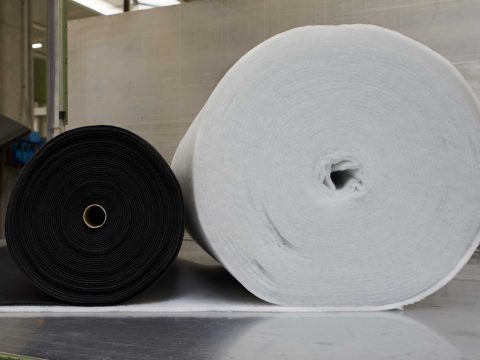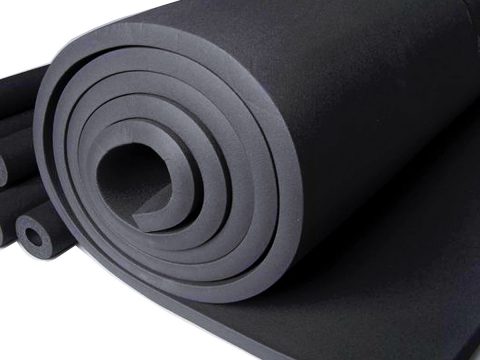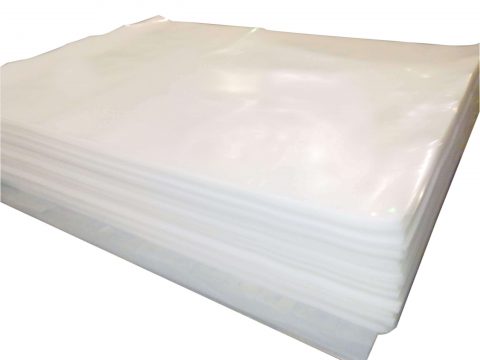Polyurethane foam is an elastomer that arises from the union of isocyanate and polyol base components and can have a polyether or polyester base with different technical characteristics, while maintaining a flexible cellular structure.
Industrial production of this substance began in the middle of the last century, and, after a first phase of caisson production, there was a switch to continuous production, so that today the blocks have commercial dimensions that vary in length between two and four meters, while the width of the foaming channel is generally between one and two meters or a little more.
The family of polyurethanes is very large, while the ones we process are exclusively those that can be transported in block form and that are flexible, not rigid; they can therefore be cut and shaped with our cutting technologies without chip removal. The range available has densities between 15 and 100 kg/m3 (but there are also lighter and heavier foams), and includes products with more or less closed cells that are more or less large and uniform, and with an enormous range in terms of hardness and resilience.
Their lightness and resistance, together with their ability to maintain their original shape even after a great deal of stress, make them materials suitable for the most varied uses.
As a consequence, the applications are extremely diversified: these substances can be the classic product for comfort (mattresses, pillows and sofas), or they can be used in packaging, both to contain and protect objects during their transport and to enhance them by creating personalized packaging that highlights the characteristics of the contents.
The shape of the cell also has an excellent sound absorption capacity in many cases, and, as a result, polyurethane is well suited to be used in sound insulation as well as thermal insulation.
Some products that have undergone a particular thermal process for opening the cells are used as filters, while others that have particularly closed-off cells are used as sealing and insulators.



